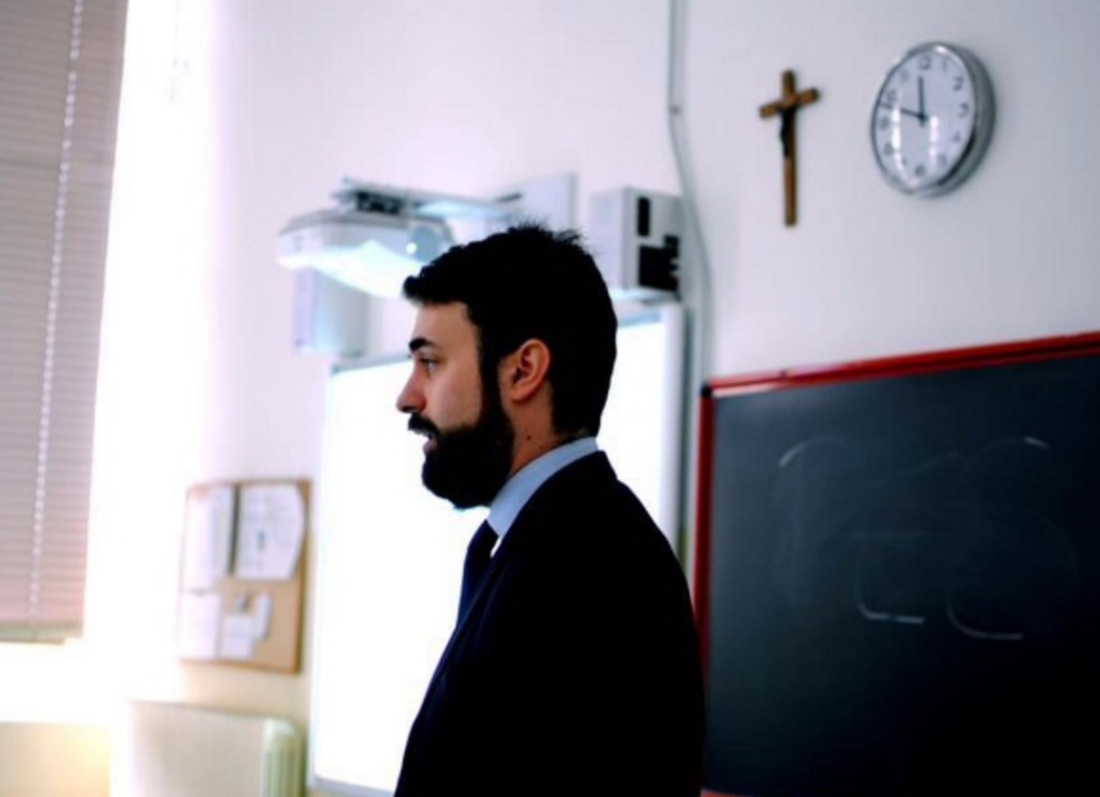 (By Alessia Cerantola for the GIJN) On a morning in the early 1990s, investigative journalists Leo Sisti and Leonardo Coen had an appointment with a priest at a kiosk near St. Peter’s Basilica. A car discreetly picked them up and brought them inside the Vatican, where they met with Bishop Donato de Bonis. It was for an interview concerning a big financial scandal involving Paul Marcinkus, the American archbishop who worked as president of the Vatican Bank. Leo Sisti investigates corruption, financial crime, the mafia, and politics. During the interview, Sisti remembers, the bishop started tiredly answering the reporters’ list of thorny questions, until he stood by a window and tried to set the record straight. “We have two thousand years of history behind us,” he said, pointing at the square in front of them. “There are some who tried to poison or discredit the Vatican…like an English writer a century ago. But who remembers his name? He’s been removed from people’s memories. We, on the other hand, are still here.” Despite this warning, the two journalists published a book in 1991 on the Vatican bank’s financial scandals entitled The Marcinkus Case. It sold thousands of copies, with major success in South America. More than a quarter of a century later, the job of journalists in Italy uncovering and reporting scandals about the Church has changed. The news media are dedicating more space to these stories, while internal factions within the Church have given an advantage to reporters on the Vatican beat. But dealing with the topic can still be quite tricky. For seven months until July this year, two Italian journalists were prosecuted under the Church’s justice system, charged with disseminating information leaked from the Vatican. avarizia
0 Comments
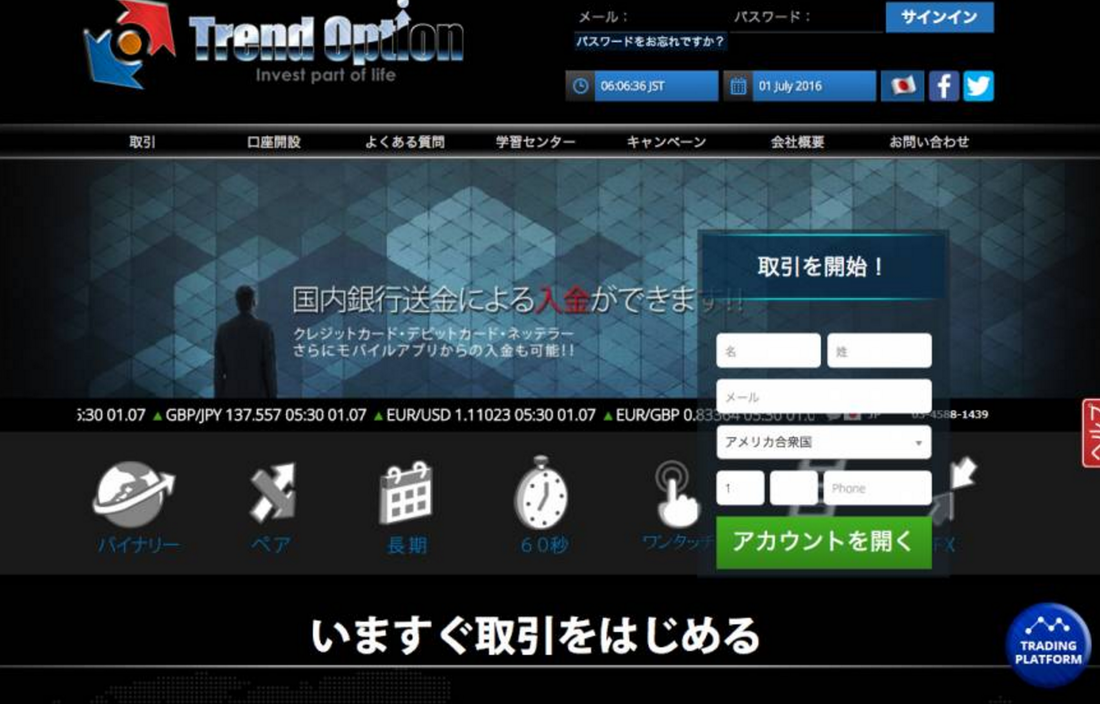 (Special by Scilla Alecci and Alessia Cerantola to The Japan Times) A paper trail that runs from Okinawa to Canada and from Israel to Italy and France links some unauthorized online traders on the blacklist of Japan’s financial regulator to offshore companies in tax havens, an analysis of files leaked from a Panamanian law firm has revealed.The documents are part of the Panama Papers, a cache of 11.5 million files obtained by the German newspaper Suddeutsche Zeitung and shared with the International Consortium of Investigative Journalists and their media partners. At least four binary option trading operators that have received warnings from the Financial Services Agency for targeting Japanese users without proper authorization are connected to companies incorporated through a complex network of offshore shell firms and shareholders, according to the documents. Tax avoidance and easy incorporation procedures may be why those companies chose to set up the shells in tax havens, an FSA spokesperson said via email. “It is difficult to understand what unregistered traders’ actual business is,” the spokesperson said. The Japan Times analyzed the FSA’s list of nearly 700 companies that between January 2011 and this June were found operating without a license despite being providers of financial services, including online trading of financial derivatives, promotional investment schemes and investment consulting. Continue reading here. The Panama Papers shed light on Iran’s plans for self-sufficiency and Japan’s role in tech development.
(By Scilla Alecci, Alessia Cerantola, and Denise Hassanzade Ajiri for The Diplomat) On February 5, 2004, during the 25th anniversary of the revolution that ousted the pro-American shah and brought Islamists to power, Iranian and Japanese corporate executives and government officials celebrated the beginning of a new business partnership in the South Pars gas field, the world’s largest. Gathered in the port city of Assaluyeh, one of Iran’s industrial zones and the field’s “glittering jewel,” representatives from Iranian energy developer Petropars Ltd., Japan’s Toyo Engineering Corporation, and other partners threw coins into the foundations of the plant to inaugurate the project. A few months before, Petropars had awarded a consortium of companies headed by Toyo Engineering a $1.2 billion contract to implement three of the nearly 30 development projects, or phases, of the South Pars gas field, which Iran shares with Qatar. The consortium was in charge of designing, constructing and providing commissioning services for a natural gas processing plant that would recover the gas from facilities located 105 km offshore. Continue reading here. Japan and the Panama Papers. A deeper insight into Japanese businessmen’s offshore deals.6/20/2016 (By Scilla Alecci and Alessia Cerantola for The Diplomat)
April 15, 2016 In post-war Japan, Makoto Iida and Juichi Toda came to be known as the founding fathers of the country’s security industry. In 1962, the long-time friends and business partners created Secom Co., the first Japanese firm to provide security services to private and commercial properties. Within a few years, the company played a key role in protecting athletic facilities during the 1964 Summer Olympic Games, which took place in Tokyo. Secom also became an important asset to the nation’s nuclear industry, securing nuclear power plants in collaboration with utilities such as Fukushima’s facility-operator, Tokyo Electric Power Company. Iida and his partner Toda, who died in 2014, built Secom into the nation’s largest private security firm by market share, making it a hallmark of Japanese business. Today, the firm employs more than 53,000 people across 21 countries. In the early 1990s, when Secom became the first officially sanctioned Japanese firm in China, Iida and Toda also created a complex system of Japanese private companies and offshore entities in tax havens such as the British Virgin Islands and Guernsey, in the English Channel, according to incorporation documents and private correspondence. The documents stated that the purpose of the shell firms was to distribute Secom stock holdings among Iida and Toda’s relatives ahead of their deaths.But a trove of secret records details how their friendship extended beyond the management of the company and their occasional drinking sessions. The records are part of a larger cache of files – more than 11 million in all – that was obtained by the German newspaper Süddeutsche Zeitung, and shared with the International Consortium of Investigative Journalists and other media partners. The documents show the inner workings of Mossack Fonseca & Co., a Panama-based law firm that specializes in building corporate structures that can be used to conceal assets. The leaked documents include emails, client records, and corporate filings from 1977 to 2015. The files, known collectively as the Panama Papers, contain information about 214,488 offshore entities connected to people in more than 200 countries and territories, including Japan. (by Alessia Cerantola for BBC News Magazine) Five years ago an earthquake off the coast of Japan triggered a tsunami and a series of meltdowns at the Fukushima nuclear plant. Kaori Suzuki's home is nearby - determined to stay, but worried about her children's health, she and some other mothers set up a laboratory to measure radiation. Continue reading here.
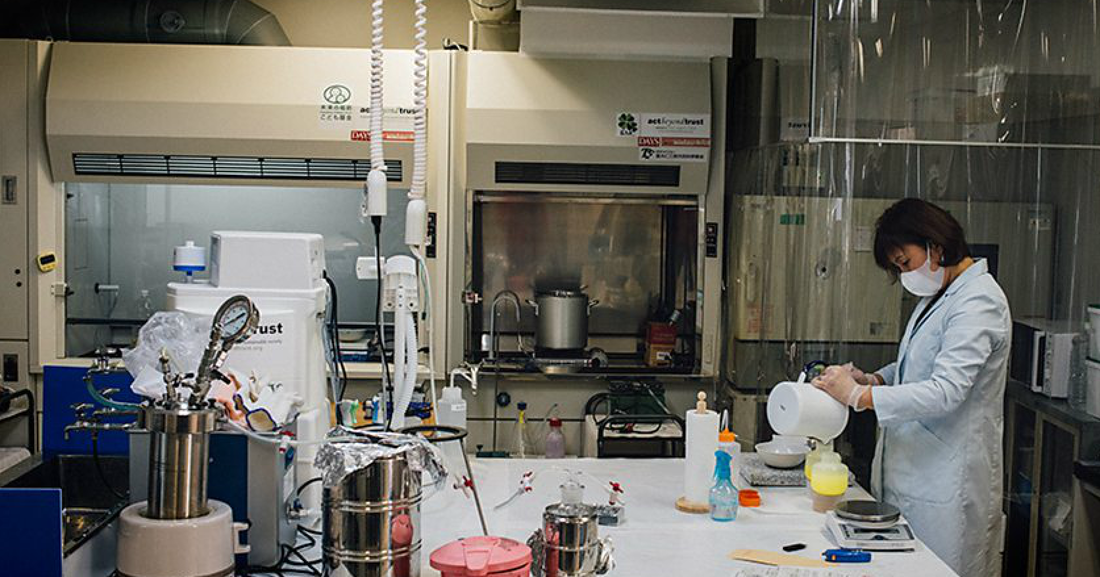 (by Alessia Cerantola for BBC Outlook) Kaori Suzuki leads a group of concerned mothers who decided to measure radiation in the Japanese city of Iwaki, near the Fukushima power plant which was damaged after the earthquake and tsunami of 2011. She spoke to Outlook's reporter Alessia Cerantola (photograph by Emanuele Satolli). Listen here. (un reportage multimediale di Alessia Cerantola, Emanuele Satolli (foto e video), Matteo Moretti (visual storytelling) per Internazionale) L’11 marzo 2011 alle 14.46 ora locale, una scossa di terremoto di magnitudo 9 sulla scala Richter, con epicentro al largo della costa nordorientale del Giappone, ha scatenato uno tsunami alto fino a quaranta metri. L’onda è arrivata lenta e inesorabile inghiottendo intere città.
Cinque anni dopo, quel tratto di costa è ancora un cantiere a cielo aperto che si estende a perdita d’occhio per centinaia di chilometri, frenetico e polveroso. Superati i boschi disabitati che separano la costa dall’entroterra, si aprono distese di terreno fresco dove i rumori incessanti dei camion, delle ruspe e dei trapani al lavoro per la ricostruzione fanno da sottofondo e le baie odorano dell’asfalto e del legno appena piallato e verniciato. Sulle ceneri delle città e dei villaggi di pescatori spazzati via dall’acqua ne sono nati di nuovi, ma rispetto a prima c’è una differenza fondamentale: mancano gli abitanti. Quasi 15.900 persone sono morte e circa 2.500 sono scomparse. La maggior parte di chi è sopravvissuto vive ancora in case temporanee, qualcuno ha già ricevuto un alloggio definitivo e altri se ne sono andati e forse non torneranno mai più. Continua a leggere, vedere e ascoltare il reportage multimediale qui. 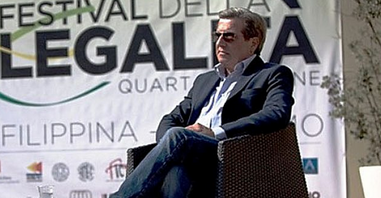 (By Alessia Cerantola for the BBC College of Journalism) Franco Castaldo (above) remembers the time when people used to buy his newspaper at the kiosk, hiding it inside their coat or in the pages of other publications. Their wish to be informed was tempered by fear of the consequences. It was 2004 and he’d just started publishing Grandangolo di Agrigento - a bimonthly newspaper with stories on the local mafia in a city on the southern coast of Sicily, where the risk of exposing the truth could be severe for reporters and their supporters. After decades running the newsdesk of La Sicilia, one of the island’s main daily newspapers, Castaldo was suddenly removed from his position, transferred to another province and then paid for not working. His crime was having reported the accusation, by a supergrass during a trial, that an important local entrepreneur was connected to the mafia. Continue reading here. By Rupert Wingfield-Hayes, July 3 2015, BBCNews
Last year in Japan, more than 25,000 people took their own lives. That's 70 every day. The vast majority were men. Those figures do not make Japan's the highest suicide rate in the world in a developed nation. That dubious title belongs to South Korea. But it is still far, far higher than virtually all other wealthy countries. It is three times the suicide rate in the United Kingdom. Continue reading here. (The Guardian. By Stephanie Kirchgaessner in Rome and Alessia Cerantola in Padua)
Women travelling in Italy were left at the mercy of a suspected serial rapist in the city of Padua for more than a year after authorities in Italy and the UK failed to cooperate on a rape complaint by a student that was filed in England in 2013. Italian authorities were sent a formal complaint, forwarded by British police, that alleged Dino Maglio had used the Couchsurfing.com website to lure a 20-year-old American woman to his home, and drug and rape her in spring 2013. But an investigation by the Guardian, in conjunction with journalists at theInvestigative Reporting Project Italy (IRPI), into the handling of the case found that the complaint fell through bureaucratic cracks and was not investigated for months, despite the woman’s multiple attempts to pursue justice. Maglio was later convicted of drugging and raping a 16-year-old from Australia who had also stayed with him. According to witness statements more than 15 other women believe they were drugged and abused in the period between the first rape complaint and his arrest a year later. The lack of coordination highlights how rudimentary law-enforcement collaboration can be across the EU in anything other than major international conspiracy cases. Continue reading here. |
Archives
August 2023
|
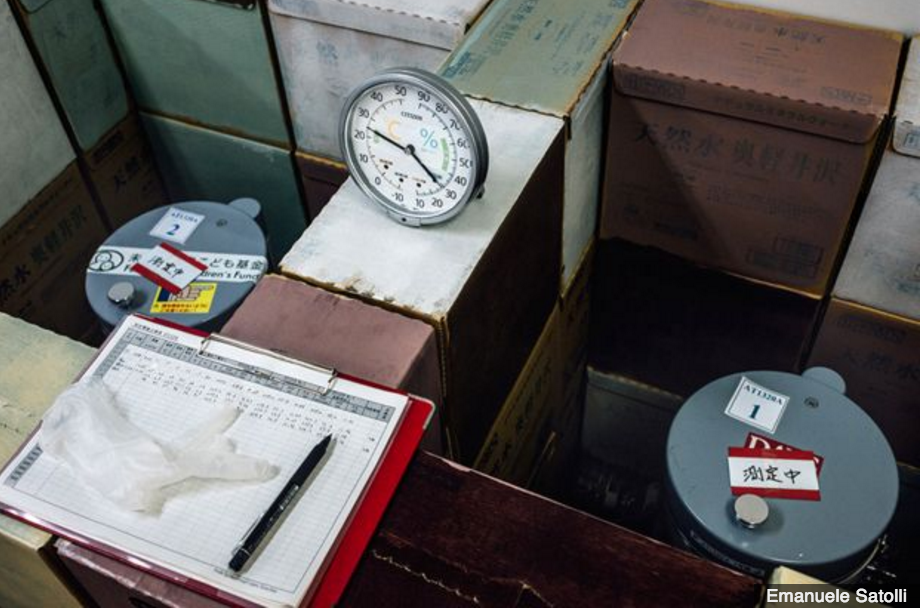
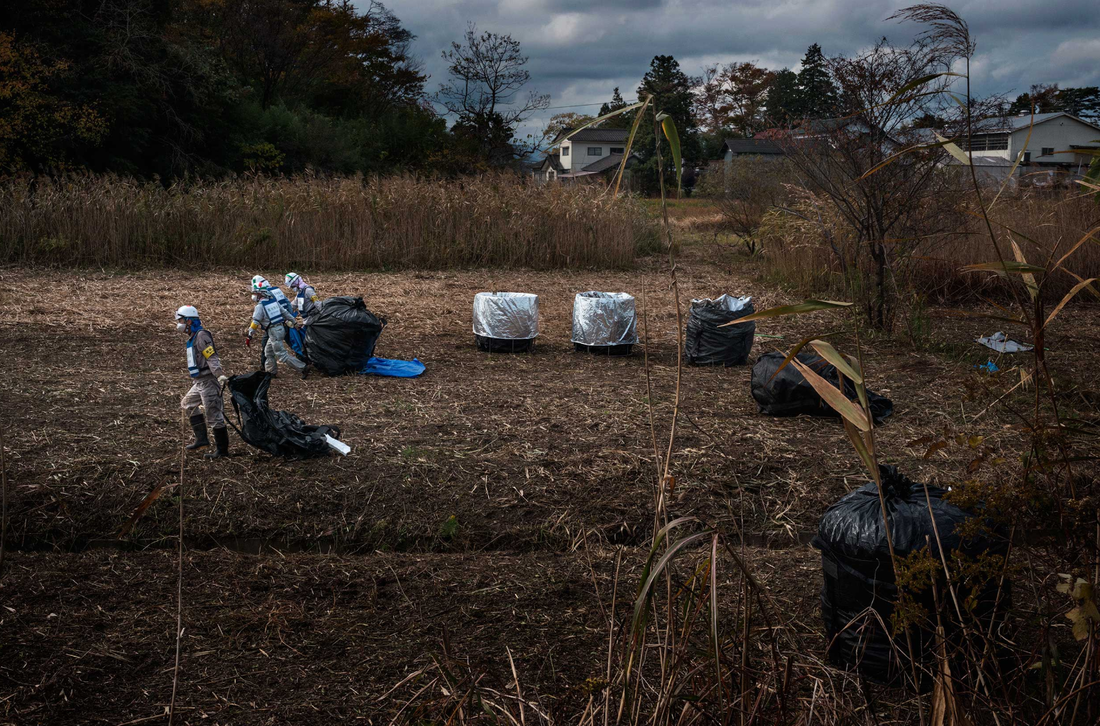
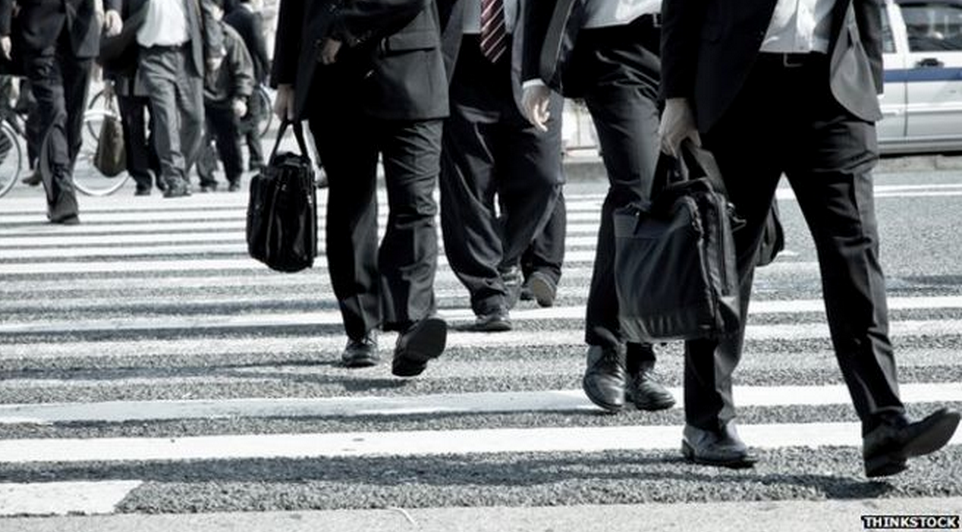
 RSS Feed
RSS Feed
